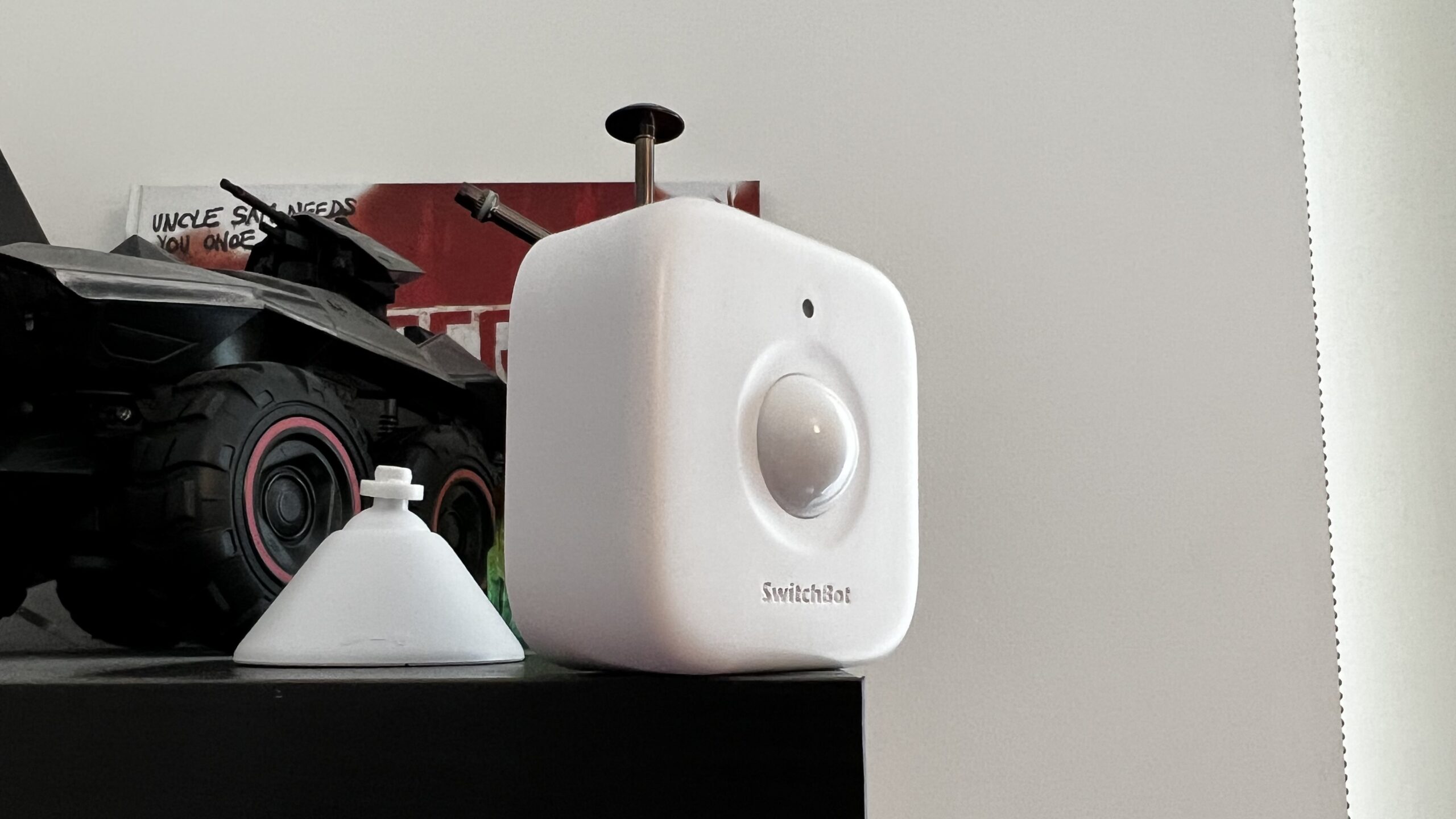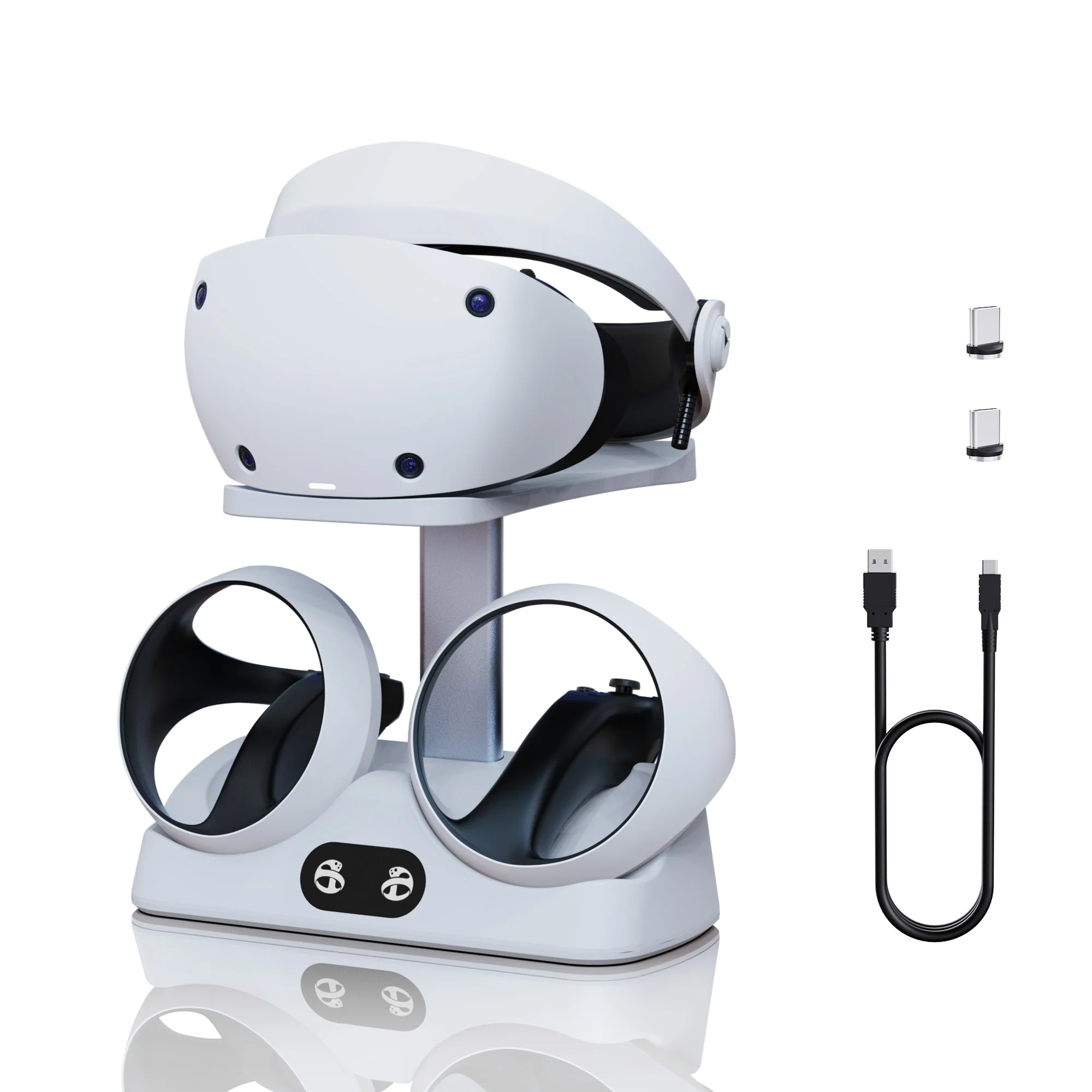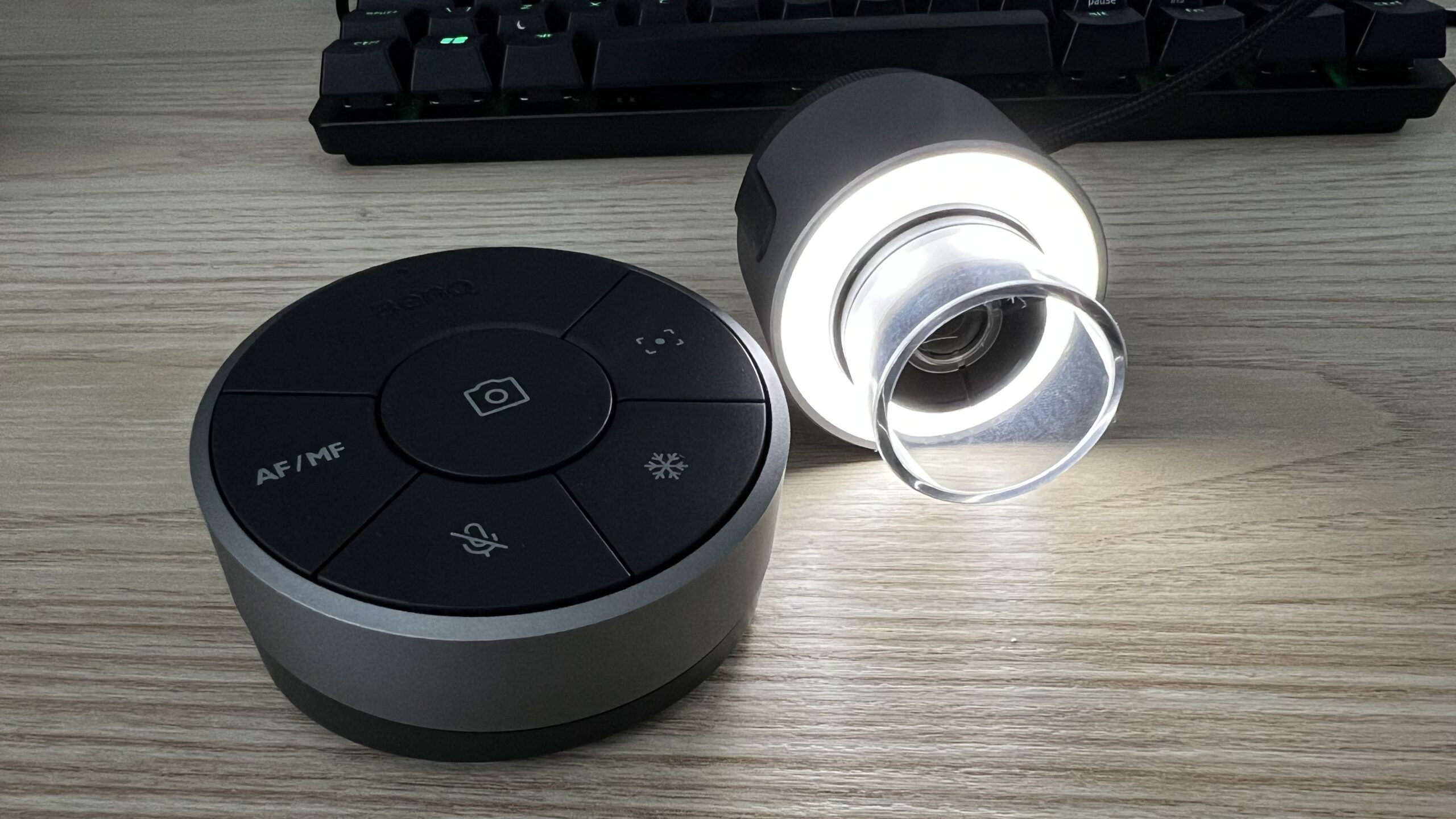Simple, efficient and most importantly – Cheap!
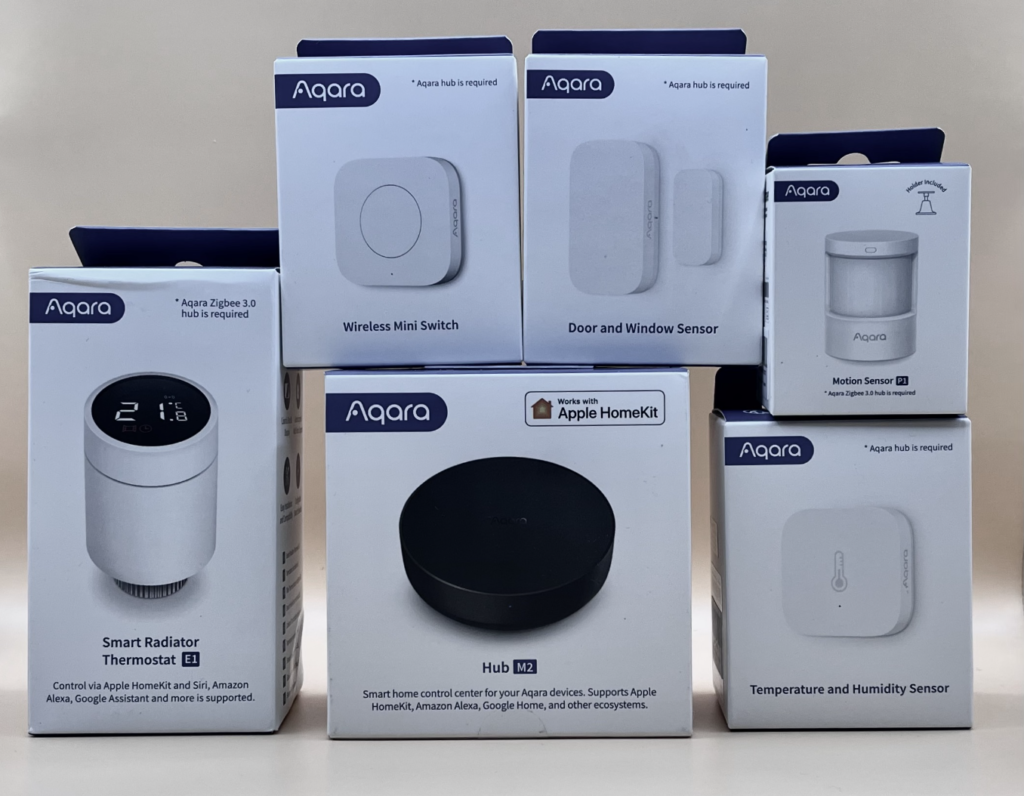
| Pros | Cons |
| Very competitive on price Easy set up Fast, reliable devices without reliance on the cloud | Some functions can only be used in the Aqara App, not via any other ecosystems you might use to connect Battery changes on the door sensor can be fiddly |
Let’s start out simple here. I like Aqara! I like that their products feel well made, I like that their products are simple to use, I like that their products are reliable. I like that they package their products without unnecessary plastics and I like that their products are locally controlled, giving confidence that buying into their ecosystem doesn’t come with risk that everything could at any moment be switched off or put behind a paywall. It took only a few moments to unpack the M2 hub, download the App and start a firmware update, which was nice and quick to install. Once the hub was paired, each of the other devices was then simple to add, each also providing an option to also share them to HomeKit for use in the Home App or using Siri – all pretty seamless from a set up perspective really!
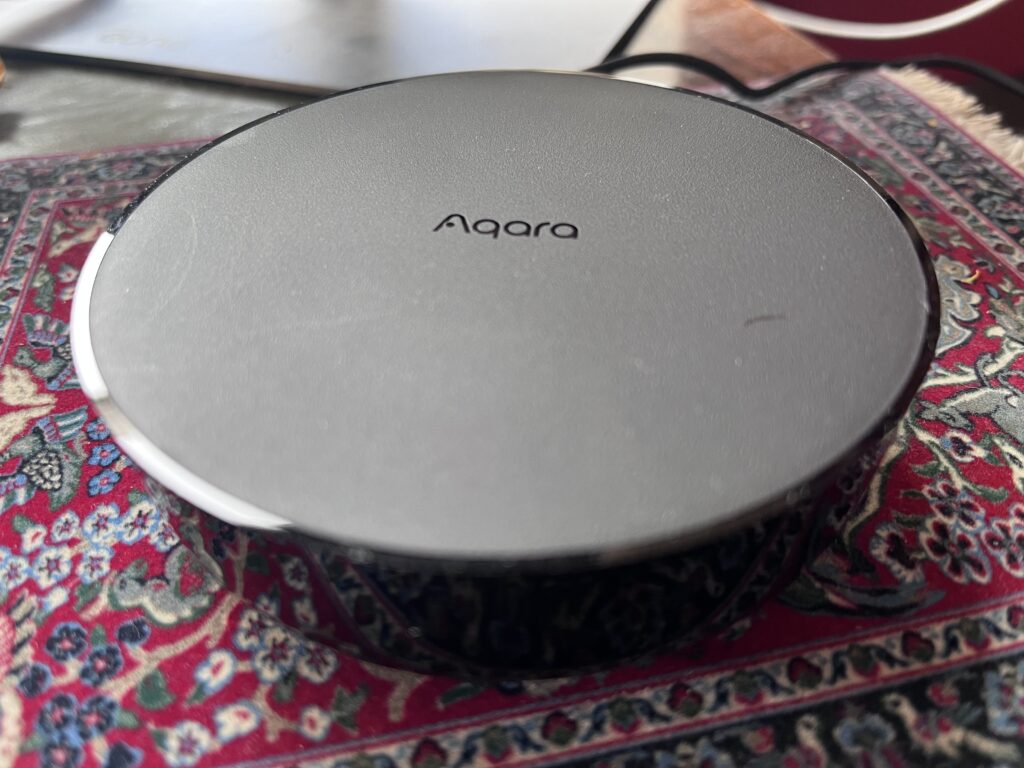
I do love that as well as being a hub, the M2 is also a 360° IR blaster. As with setting up the hub itself and the other devices, getting this working was really easy. I set it up for an older JVC TV we have, and it was as easy as choosing the brand and then pressing the power button and confirming if it worked or not until the TV turned on. Once it did this, having found the right profile, all of the main controls for the TV immediate worked, making this a well delivered bonus feature. I did also note that the hub supports the new Matter standard and will expose all Zigbee devices attached to any other Matter enabled ecosystems you may want to use. At time of writing, this is all extremely new and I’ve not been able to test how well this works, not through any fault of Aqara, or the M2 hub, but because the rest of my system is not yet prepared to start using the Matter standard.
So are the devices any good?
First I experimented with the door and window sensor. The connection has been stable
and the response is pretty immediate. I would estimate that from opening the door to
seeing a response in the app takes about 1/3 of a second, activating a Zigbee light in my
case. It’s quite lightweight as an item and pretty slimline in design, but feels well made and
solid enough. I do have a bit of an issue with pretty much every door sensor I’ve seen to
date that you need to attach the with a sticky pad, but then that makes it really difficult to
be able to open them up to change a battery without pulling it off the frame completely.
Not a flaw specifically for this device, but a bit of a personal pet peeve
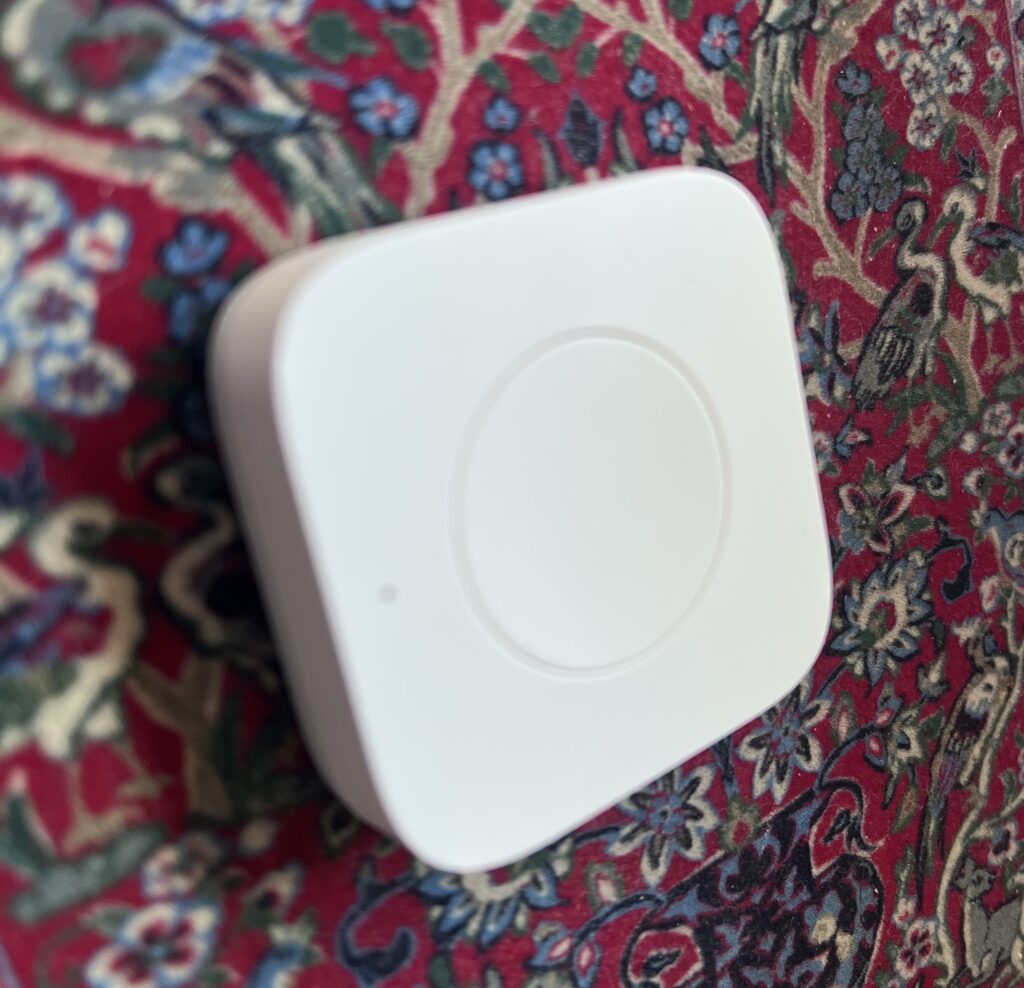
The wireless mini switch is an item that I’m really quite impressed by. I’ve got one of these stuck next to my front door acting as a smart doorbell. My front door is pretty well sheltered, but still, this thing has survived rain, snow and ice, working reliably at a relatively long distance from the nearest Zigbee repeater and after about 6 months the battery is at 63%. Similar to the door sensor, it’s lightweight, but feels good quality and it allows single press, double press and long press for different automations. A simple, solid, reliable product and one of my favourites.
The temperature and humidity sensor is again a lightweight, but well put together device. I can’t say I have a massive amount of use for the humidity element personally, but the temperature sensor seemed accurate based on other sensors I have in the house and used in combination with the Radiator Thermostat I’ve been able to better set up my front room to deliver a comfortable temperature, whilst delivering savings on my gas bill! Why you may ask do I need the separate temperature sensor when the smart radiator thermostat has a temperature sensor built in? Well, it’s not the fault of the device – it’s the fault of my interior design skills; you see, I have a massive corner sofa which takes up basically the entire length of two walls in the room. Brilliant for entertaining, but it covers up the radiator in the room and as a result, the smart radiator thermostat pick up the temperature in a very enclosed area behind this monstrous furniture carbuncle. My solution? Use the separate temperature sensor to instruct the thermostat when to activate/ deactivate based on the real temperature in the room by simply placing it out in the open and QED, the room heats to a comfortable temperature much more quickly than it did with just the radiator working alone.
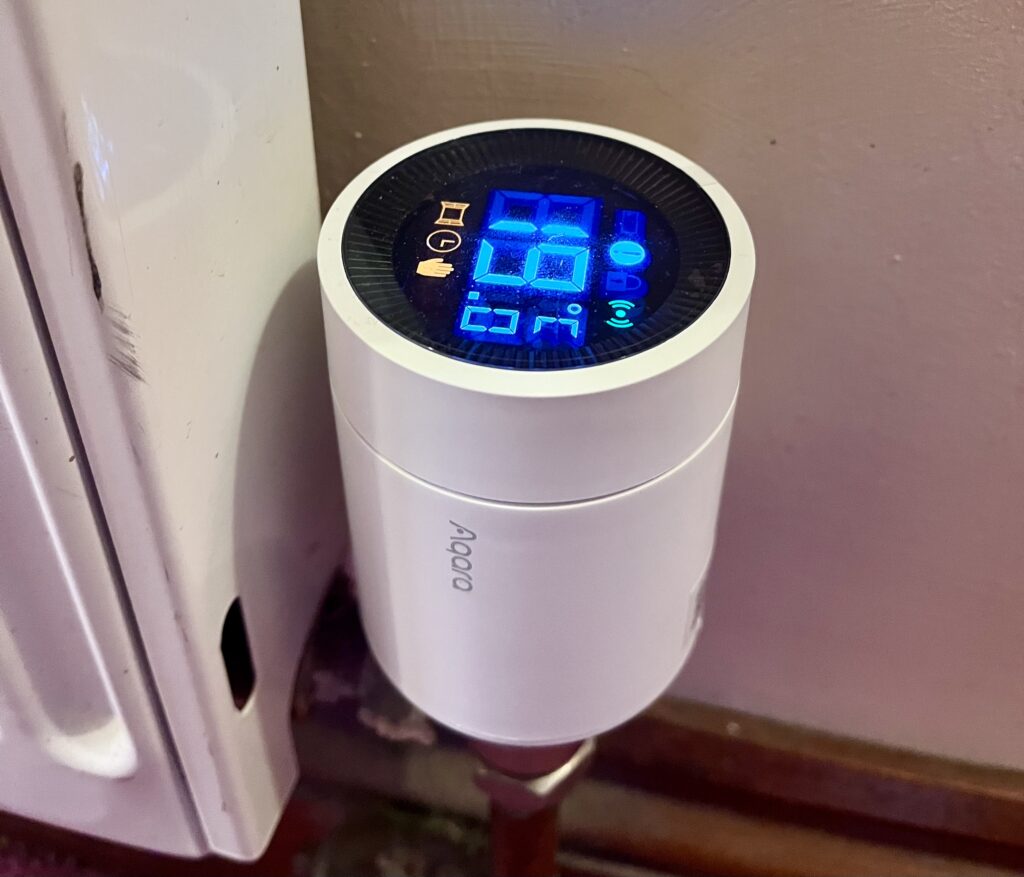
On the Smart Radiator Thermostat itself, it’s prettier than similar devices I have in the house, with a really nice display, showing you the temperature it’s set to, it’s stays and connectivity on a really nicely designed screen on the end of the device, which lights up on a simple press. One of the things I love about these devices is that even I ( a complete DIY disaster area, who would struggle to change a plug or tie my own shoelaces) can install these things without any worry about destroying the plumbing in our house. When I installed this without any assistance, my electrician wife said this must be the simplest installation possible if I could do it on my own shortly after she picked herself up off of the floor from the surprise
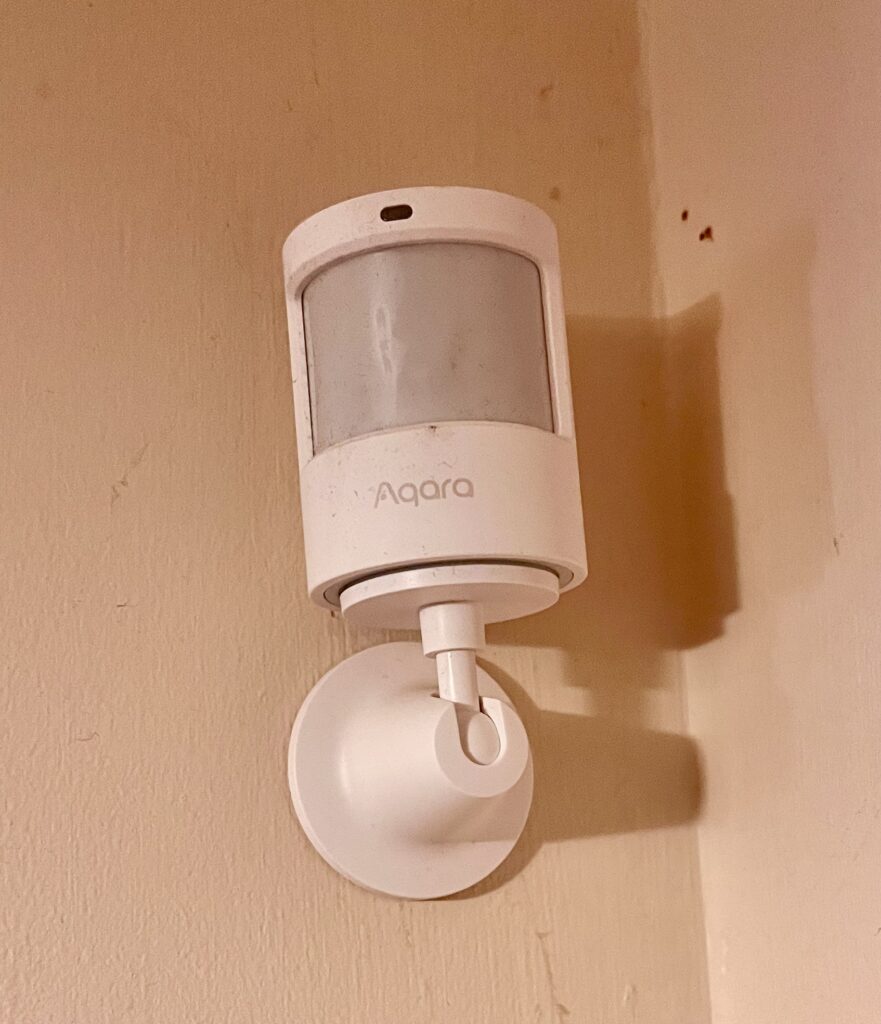
Finally, the P1 Motion Sensor. My god, do I love these things! I have several P1 sensors in my house, all making my motion lighting work in one way or another and they are absolutely superb! First, Zigbee seems to me to be the right standard for this kind of tech because the speed of response is so much faster than WiFi equivalents I’ve tried. Lights come on before you have any question of whether it’s going to work or not and the range and sensitivity is good enough to work in every room I’ve tried to date; and no, I don’t live in a mansion with enormous rooms, so for those that do, I can’t guarantee you’ll have the same experience, but for most people, you won’t need to worry about whether the P1 will pick up movement at the opposite end of a room.
Picking up on my pet peeve from earlier about swapping out batteries, again the P1 motion sensor gets it right. I have a couple of these stuck to walls at relatively high level and I can open the P1 to change the battery with a simple twist, not that I have so far (about a year after I bought my first one) needed to change any batteries.
Final Thoughts
In summary, my experience with all of these Aqara devices is that they are well made, well designed items. They aren’t necessarily fancy, but they do their jobs simply, efficiently and reliably and at a really competitive price. I’m a big fan of the consistent use of Zigbee, providing a locally controlled system that doesn’t rely on someone else’s server and keeps your home working even when you lose your internet connection. It’s worthy of note that for those further down the smart home rabbit hole, you can connect most Aqara devices to Home Assistant directly using a Zigbee coordinator in place of any of the Aqara hubs, but you get a really intuitive experience using an Aqara hub and the Aqara App if that’s not for you. For me, if you’re looking for a smart home ecosystem brand that won’t completely empty your bank account and will give you innovative devices that nail their functions, Aqara is right at the top of the list of companies to look for.
Products were provided for this review. For details on out promise to you please read our Affiiiate Disclosure


